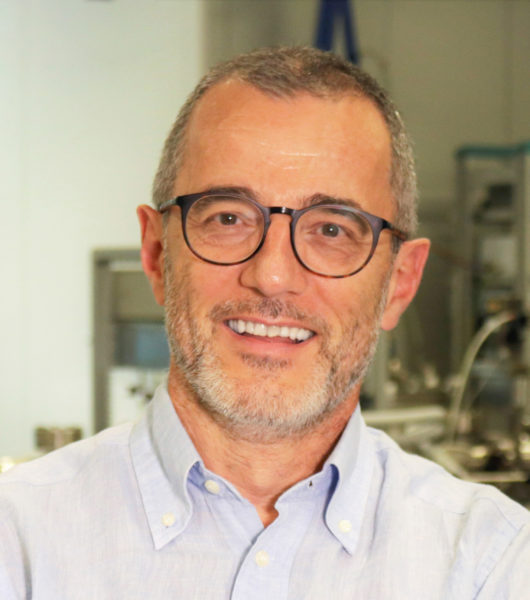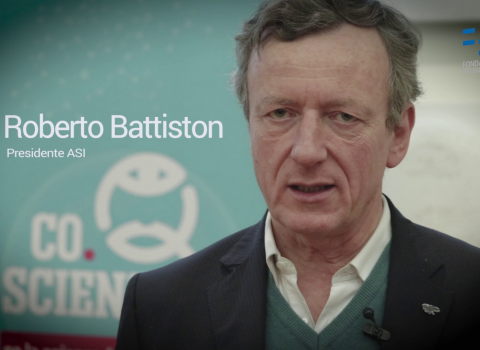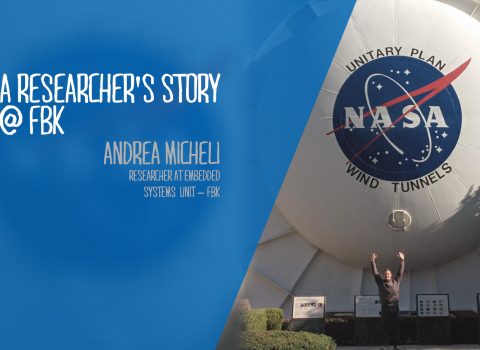The infinite lightness of exploration
A journey inside the HERMES-SP project and the cross scientific return in the field of multi-messenger astrophysics
HERMES-SP (High Energy Rapid Modular Ensemble of Satellites – Scientific Pathfinder) is a project based on a constellation of nano-satellites in low Earth orbit (LEO), hosting new miniaturized detectors to probe the X-ray temporal emission of energy transients such as Gamma-Ray Bursts (GRB) and the electromagnetic counterparts of Gravitational Wave Events (GWE).
This project is complemeted by the HERMES-TP, Technologic Pathfinder project, funded by the Italian Space Agency, and the University of Melbourne‘s SpIRIT project, which hosts a detector identical to those of HERMES-SP and HERMES-TP.
HERMES-SP, HERMES-TP and SpIRIT (HERMES Pathfinder for simplicity), will form a fleet of 7 nanosatellites, of which 6 units based on 3U CubeSat and one unit based on 6U CubeSat, which will provide timely (within minutes) good localizations of relatively bright X-ray transients such as GRBs. The fleet will be ready for launch by 2023.
The project will produce the fleet-wide Scientific Pathfinder, consisting of three flight segments based on 3U CubeSats that will provide timely (within minutes) good localizations (<1 degree 2) of relatively bright X-ray transients such as GRBs, ready for launch within 3 years and able to improve synergies between space and ground observations.
Gamma-Ray Burst localization is obtained by comparing the time delays between the same epochs of detection of events that occurred on – at least – 3 detectors spaced on different satellites.
Given the complexity of the project, spatial distribution and event detection are the key ingredients to start building the entire science experiment.
This ambitious goal is expected to be achieved by making the most of Commercial off-the-shelf (COTS) components, which are currently underperforming in the space environment, but have the potential to provide high impact, as well as radical transformations, in space application. They can also open up new markets and uses in space and beyond, contributing to the Space4.0 revolution. Specifically, concrete examples in the terrestrial market sector are the rapid increase and improvement of the performance and capabilities of laptops and smartphones.
The HERMES-SP Consortium has 11 partners from 5 European countries, including la FBK’s MNF Facility. The Consortium, under the scientific coordination of Dr. Fabrizio Fiore, joins these forces to design, build and pilot the HERMES-SP fleet.
HERMES-SP has received funding from the European Union’s Horizon 2020 research and innovation program. The HERMES-TP consortium includes all Italian and German parners of HERMES-SP, including MNF-FBK and is funded by the Italian Space Agency (ASI), which will also fund the launch of HERMES-Pathfinder and its operations.





